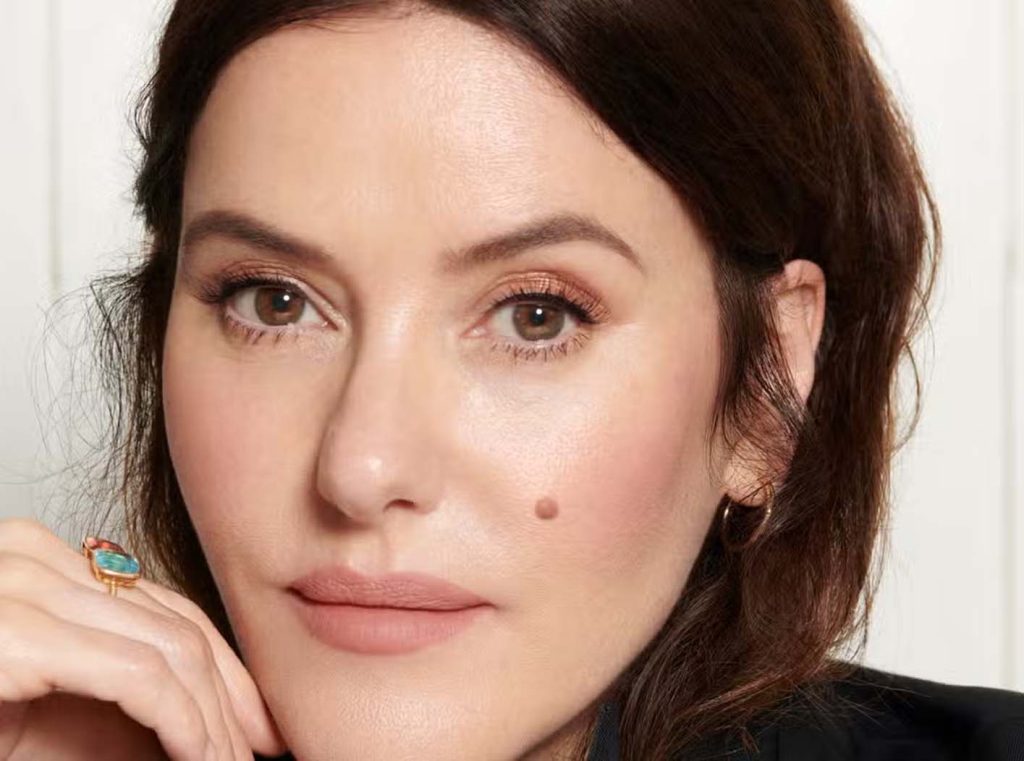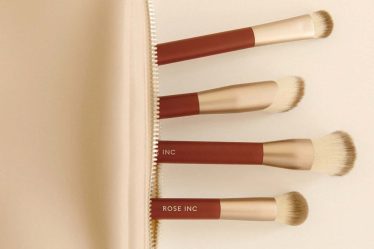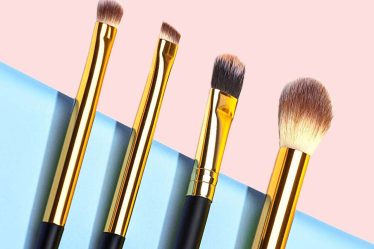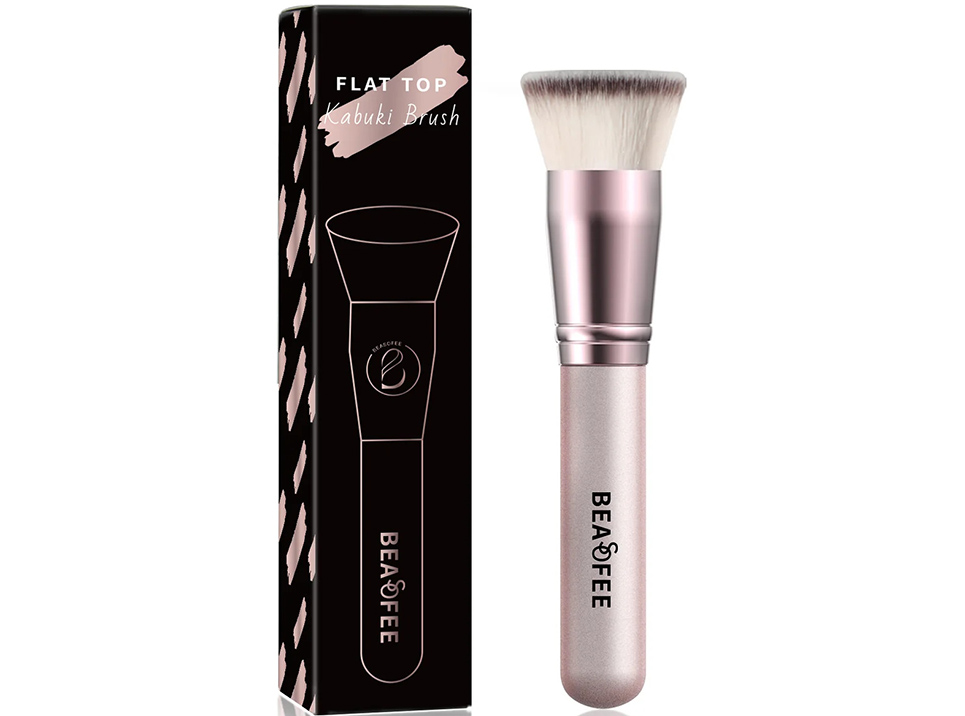
In the world of everyday makeup, attention is often paid to foundation formulas, eyeshadow palettes, and lipstick shades. Yet, one crucial component tends to be overlooked—the makeup brush. Far from being a mere accessory, a makeup brush plays a pivotal role in the cohesion, smoothness, and texture of a finished look. Whether a makeup look appears clean, soft, and refined, or exudes a sense of luxury often hinges on how a brush interacts with the skin. Makeup brushes are not just tools—they embody the aesthetics of touch. From bristle material and brush shape to handle balance and craftsmanship, every detail contributes to the experience and outcome.
Structure and Classification: Beauty Begins with Construction
A makeup brush typically consists of three parts: the bristles, the ferrule (metal part), and the handle. The bristles determine powder pickup and application performance. The ferrule ensures the bristles are securely fastened, and the handle affects grip comfort and control.
Brush bristles are generally made from either natural animal hair or synthetic fibers. Natural bristles offer softness and strong powder pickup, making them ideal for powder products. Synthetic bristles, on the other hand, are best suited for cream or liquid products, offering easy cleaning and resisting bacteria growth. With advancements in beauty technology, high-end synthetic fibers are increasingly replicating the softness and elasticity of natural hair, achieving a balance between performance and sustainability.
In terms of function, brushes are broadly categorized as foundation brushes, concealer brushes, blush brushes, contour brushes, highlighter brushes, eyeshadow brushes, eyebrow brushes, and more. Each type varies not only in shape but also in elasticity and density, reflecting its specific purpose. Understanding each brush’s role is the first step toward mastering the aesthetics of touch.
Foundation Sets the Tone: Choosing the Right Base Brush
Foundation forms the canvas of any makeup look. A quality foundation brush allows for smooth, even application of product on the skin, resulting in a longer-lasting, more natural finish. The flat kabuki brush, with its dense bristles and wide surface, is particularly suited for liquid or cream foundations, delivering quick application and high coverage. The buffing brush, with a rounded head, is better for achieving a blurred, airbrushed look using lightweight formulas.
For those seeking the most natural finish, an angled foundation brush offers superior flexibility in contouring to the face’s shape, especially around tricky areas like the nose and under the eyes. Compared to sponges, brushes offer the benefit of minimal product absorption, maximizing foundation efficiency.
To avoid streaking, it’s important to select brushes that balance softness with resilience. Popular options like the Real Techniques Expert Face Brush and the Shiseido HASU FUDE Foundation Brush provide excellent blending power with easy maneuverability.
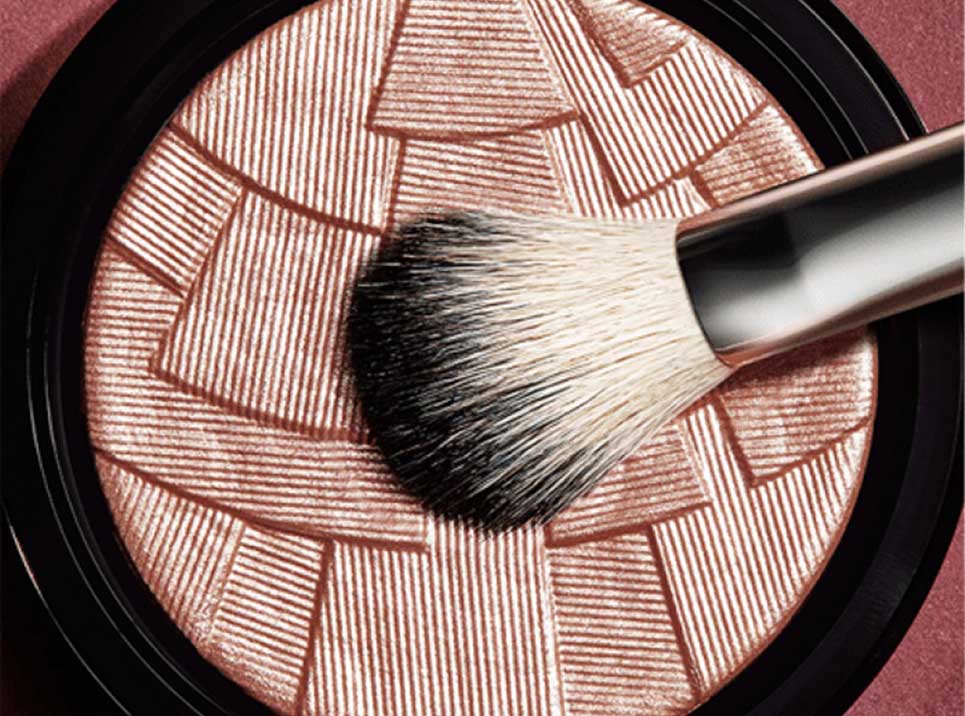
Blush and Contour: Crafting Light and Shadow with Precision
The artistry of blush and contour lies in balancing placement and intensity. Excessive blush can compromise the clarity of the base, while harsh contour lines can create an artificial appearance.
Blush brushes often feature rounded, fluffy heads that gently distribute product across the cheeks, creating a healthy flush. The NARS blush brush, known for its high-quality bristles and superior pickup, is a favorite for creating advanced looks. Contour brushes typically come in angled or flat shapes, allowing precise application along hollows of the cheeks, beneath the cheekbones, or along the jawline.
Highlighter brushes emphasize the importance of “targeted illumination.” Commonly shaped like a flame or tapered, they have medium-density bristles that glide over high points of the face—bridge of the nose, forehead, brow bone, and cheekbones—enhancing dimensional glow. A standout option, the Anastasia Beverly Hills A23 brush delivers shimmer without disrupting the underlying base.
The Eyes Have It: A Symphony of Shadow and Blending Brushes
Eye makeup is often considered the soul of a full-face look. Its precision can define the overall mood and aesthetic. The choice of eyeshadow and blending brushes directly impacts the depth and gradient of the look.
Basic eyeshadow brushes typically have short, flat heads for packing color onto the lid. Blending brushes are characterized by softness and diffusion, often dome-shaped and fluffy, perfect for seamless transitions between shades. The MAC 217, an iconic blending brush, is a staple for professional makeup artists.
Additionally, specialized brushes like outer-corner definer brushes, eyeliner brushes, and “aegyosal” (lower lash highlight) brushes are essential for perfecting details. Eyeliner brushes, usually firm and angled or flat, work well with gel liners or dark shadows to outline the lash line. Aegyosal brushes, designed for soft highlight under the eyes, add a youthful, brightening effect.
Brows and Lips: Defining Features with Precision
Eyebrows and lips are the final flourishes of any makeup look. The angled brow brush, typically stiff and precise, works with powders or pomades to shape brows and fill in sparse areas. A professional favorite, the Anastasia Beverly Hills Brow Brush #12, delivers accuracy and control.
Lip brushes, though often neglected, are crucial for sculpting the lip line, refining the Cupid’s bow, or blending multiple shades. A soft, flat lip brush ensures smooth, feathered edges and prevents smudging, especially useful when applying bold or dark colors.
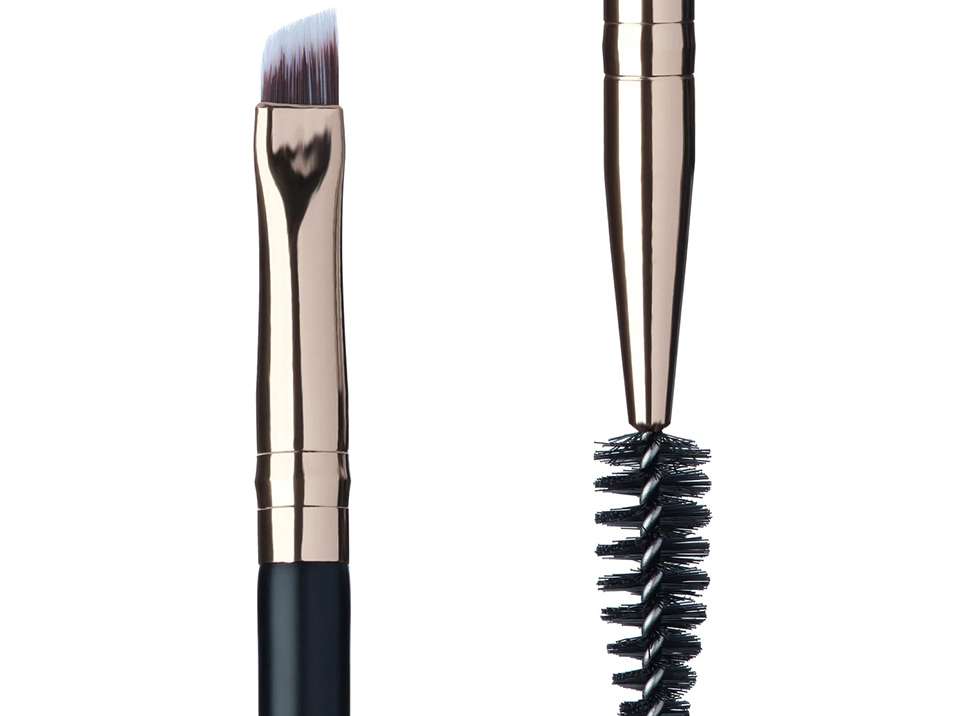
Brush Care and Cleaning: Essential for Hygiene and Performance
No matter how high-end a brush is, neglecting cleaning will compromise both performance and skin health. Ideally, brushes should be cleaned weekly. Brushes used for cream or liquid products should be cleaned every two to three days due to their frequent contact with oils.
Using specialized brush cleaners or mild shampoos, bristles should be washed facing downward and air-dried naturally to avoid water seepage into the ferrule, which can loosen adhesive over time. For convenience, high-end brands like Sigma offer electric brush cleaners that streamline the process with rapid washing and drying.
Proper storage is equally important. Brushes should be kept separate from sharp objects to preserve their shape and prevent damage to the bristles.
Aesthetic Revival: Brushes as More Than Just Tools
Understanding the aesthetic value of makeup brushes goes beyond achieving polished results—it’s about embracing the tactile artistry of makeup. The experience of sweeping, blending, and buffing becomes a form of unspoken communication between the skin and the artist’s hand.
This tactile elegance turns the makeup routine into a ceremonial act. When users choose brushes with discernment and appreciation, makeup transcends routine and becomes a sculptural expression. The refined sensation of brush strokes becomes one of the most irreplaceable pleasures of beauty.
For those seeking high-performing and aesthetically pleasing tools, several standout brushes and accessories are worth exploring. The Real Techniques Expert Face Brush is widely praised on Amazon for its affordability and performance. The Shiseido HASU FUDE Foundation Brush, with its signature petal shape, also enjoys positive reviews on Amazon. For seamless blush application, the NARS Blush Brush remains a bestseller at Sephora. The Anastasia Beverly Hills A23 Highlighter Brush is available on Amazon and known for its precision. For eye looks, the MAC 217 Blending Brush is a cult favorite, particularly popular on Selfridges. The Anastasia Beverly Hills Brow Brush #12, perfect for brow sculpting, is easy to find on Amazon. Lastly, the Sigma Electric Brush Cleaner provides an efficient cleaning solution and is conveniently available on Amazon.
